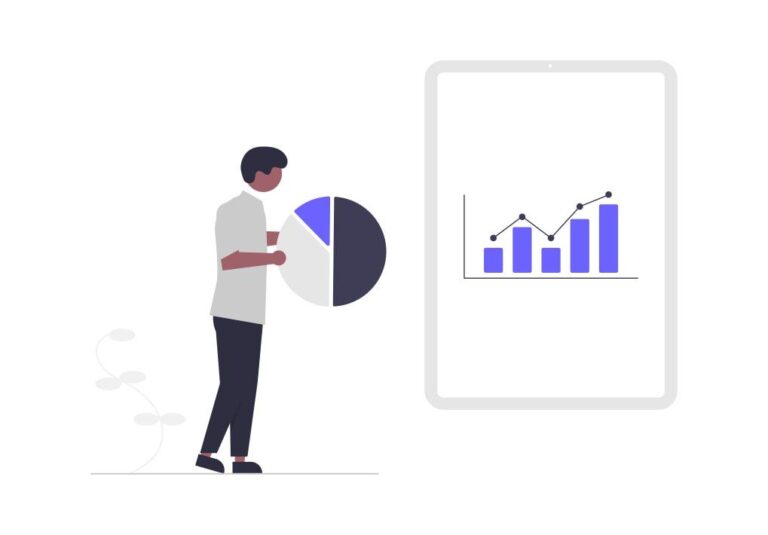When you learn what sustainability is, you’ll probably realize you and your company have been doing something about it for some time.
Sustainability -from a company’s point of view- is about managing not only its economical impacts, but also environmental and social impacts throughout its value chain in line with the UN Sustainable Development Goals (SDGs). It is also about being proactive about potential environmental and social risks that could affect business continuity.
The concept’s early implementations in companies were in the form of philanthropy and corporate social responsibility (CSR) projects. What’s new is; finding the sweet spot in which companies are maximizing profits while also creating social and environmental value. There is a sweet spot where a company’s resources and competencies meet a business opportunity that also addresses a social need. The ultimate goal should be profit maximization and creating free cash flow and the way to do so should include creating environmental and social positive impact – profitability and sustainability have to go hand in hand.
Here is a roadmap for companies that are just beginning their sustainability journey and designing their ESG strategy:
Building the Infrastructure:
- Perform a benchmark analyses in your own and other industries to see best practices
- Do a materiality assessment – get your internal and external stakeholders view of what’s important
- Determine your company’s macro sustainability policy
- Determine your company’s purpose – why does your company exist and why should anyone care?
- Determine the Sustainable Development Goals (SDGs) your company’s going to contribute to and how
- Follow up on sustainability-related obligations that directly affect international trade
- Design the internal sustainability management and governance processes (Sustainability Committee, Sustainability Champions, Sustainability Advisory Board, etc.)
Determining the Sustainability Agenda:
- Identify the social and environmental issues and needs of the sector
- Identify the issues and needs that intersect with the company’s resources and competencies
- Identify and prioritize those with high financial returns among those that intersect with the company’s resources and competencies
- Enrich your value proposition by integrating social and environmental values
- Develop projects together with NGOs, universities, start-ups to achieve your ESG goals
- Determine the funds / incentives that can be benefited under sustainability agenda
- Determine KPIs that will help track your ESG performance
- Determine critical success factors for a sustainable operations management
Tracking and Communicating:
- Make a sustainability communication plan both for internal and external stakeholders
- Perform life cycle assessment (LCA) for products and communicate results with stakeholders
- Perform impact analysis for projects and communicate results with stakeholders
- Provide sustainability trainings within the organization in order to raise awareness
- Invite external experts / keynote speakers on sustainability
- Create case studies from sustainability activities, sharing them on the website and other channels to inspire other organizations for change







